Why I use Critical Power instead of FTP for training my coached riders
Critical Power tests are easier to do and you get a clearer picture of your fitness profile – there’s little not to like
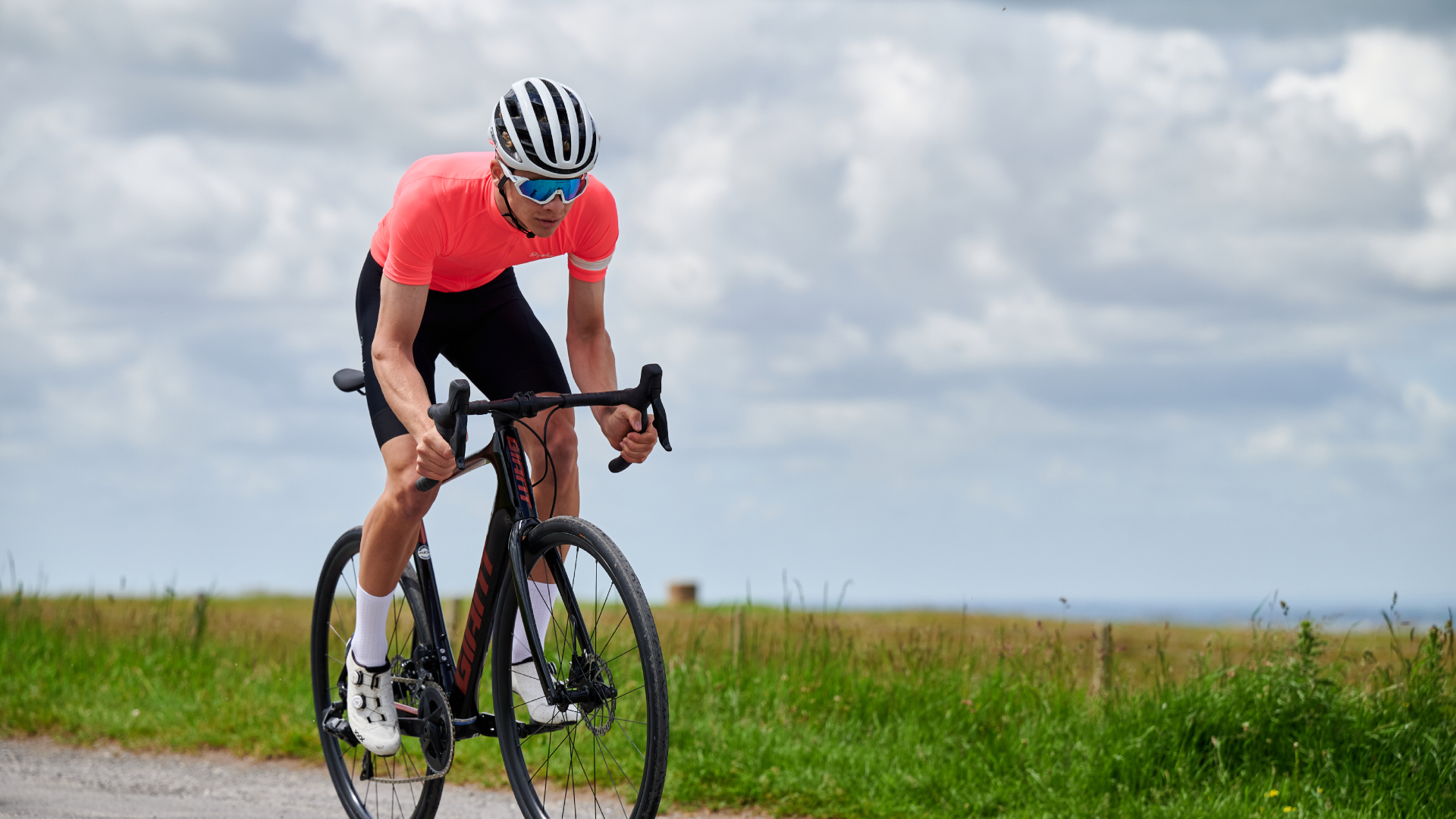

In recent years, the main metric for measuring cycling performance and gauging progress has been Functional Threshold Power (FTP) – often ascertained by either a 60 minute maximal test or 20 minutes with the result multiplied by 0.95.
More recently, though, other metrics – such as Critical Power (CP) and Work Prime (W’) – have risen to prominence. Being more informative and encompassing than FTP, those who train with these CP and W’ can be more targeted and better assess their performance.
Plus, with the increasing availability of cheaper power meters and smart turbo trainers, training with power is something that’s open to a lot more of us.
Before getting into why I use Critical Power instead of FTP for training my coached riders, I’ll take you through what Critical Power (CP) and Work Prime (W’) actually mean, how to find your numbers, and – once you have your values – how this knowledge can be used for more targeted training and a performance boost.
What is Critical Power and Work Prime?
Critical Power (CP) is essentially the power that you could theoretically maintain indefinitely. Physiologically speaking, it's the level of effort on the narrow margin between aerobic and anaerobic. Put another way, it’s when an effort goes from being sustainable to unsustainable.
The reason there’s a ‘theoretically’ floating around is because there are other factors that come into play that limit your performance – such as heat build up and your carbohydrate (energy) stores. Realistically, most people would only be able to ride at CP for about 30 minutes.
Now, there are other ways of measuring/defining the aerobic-anaerobic threshold. To call out a few there’s:
Get The Leadout Newsletter
The latest race content, interviews, features, reviews and expert buying guides, direct to your inbox!
- Maximal Lactate Steady State
- Lactate Threshold 2
- Ventilatory Threshold 2
- Functional Threshold Power (FTP)
The first three methods all require more advanced and expensive testing equipment as lactate or gas exchange need to be measured, most usually in a laboratory setting. As such, they’re not useful metrics for most riders.
A good old FTP test – going all-out for 20-minutes and multiplying your average watts by 0.95 – is another way of zero-ing in on that threshold point. But, as we’ll get on to later, the tests for CP are a little easier to conduct and gives you a better picture of your personal training zones.
One significant limitation of FTP is that the power you can put out for 20-minutes doesn’t necessarily correlate to what your maximum power for 1-minute is, or the number of times you can surge above threshold and quickly recover. These are important aspects of your overall performance – and which brings us neatly on to the concept of Work Prime.
Work Prime (W’) is defined as the ‘battery’ of energy that we have above CP to maintain power. This is measured in Joules and is a finite – but rechargeable – level of energy. For example, if you had a CP of 300 watts, with a W’ of 20,000 Joules, you would be able to sustain 400 watts for 200 seconds.
This is because one Watt is equal to one Joule per second. The formula would be W’ / (Interval target watts – CP), so 20,000/(400-300). Theoretically, you could then recharge this battery in 200 seconds if you rode at 200 watts.
How to find your Critical Power and Work Prime values

Two different testing protocols can be used to determine CP and W’: the ‘3-minute all out’ test, or calculating the power duration curve using two to three intervals of varying length between two and 20 minutes long.
'3-minute all out'
The ‘3-minute all out' test is every bit as painful as it sounds. It involves starting the effort maximally (sprinting from the start) and then holding on to the effort as hard as you can for the entirety of the three minutes. The theory is that, if done truly maximally, the W’ will be drained fully by the final 30 seconds of the three minute effort, and the average power for the final 30 seconds is your maximal power output after W’ depletion; in other words, your CP.
The amount of energy used above CP during the initial 2.5 minutes is then your W’. It’s a truly horrible test and not a very fun one to repeat too often. Some people may also find they struggle to truly go maximally and then keep pedalling after the initial minute or two of supposed ‘maximal’ work.
'2-3 testing intervals'
It is for this reason that the ‘2-3 testing intervals’ method was devised, as it is potentially easier to conduct for the majority of people. This method can be done through two or three efforts, with those efforts ranging from two to 20 minutes.
Most usually, a 3- and 12-minute maximal paced test is used and has been found to correlate very strongly with the ‘3-minute all out’ test.
To conduct this test, the athlete warms up for around 10 to 15 minutes (never exceeding threshold) and goes into a 3-minute maximal test – but a paced one – so that power should be fairly consistent throughout the interval. They then ride very easy for around 40 minutes to allow W’ to replenish and fully recharge before conducting a 12-minute maximal test, again paced with consistent power while feeling emptied by the end of this.
Calculating your Critical Power and Work Prime numbers
To get your CP and W’ numbers, the easiest thing to do is just to plug your test values into an online calculator such as this one . But for those who are interested: CP is calculated using the slope of the duration of the interval and the work performed, with W’ calculated using the intercept.
Bear in mind, it can still be difficult to pace the 3- and 12-minute efforts correctly, but it is at least generally easier to conduct than a 20- or 60-minute all out test for FTP.
In terms of how often you should be testing, that depends on your racing and training schedule. But a good rule of thumb is every 12 weeks, as that gives a good amount of time to train effectively and achieve the desired adaptations to improve CP and W’.
How to use the Critical Power and Work Prime values

We can use CP and W’ in several different ways once we have the test results, depending on the zone or domain model that you use.
If you’ve come across training zones in cycling before, it was likely Andy Coggan six zones model, where zone four is your FTP, zone five is your VO2 max (so just above threshold, when an effort tips into becoming unsustainable for a long period) and with zone six being everything above that.
With CP and W’, you can add an additional seventh zone for greater specificity when training your anaerobic engine. This generally encompasses the 3-minute test interval power all the way up to maximal sprint.
Another way CP and W’ can be used is as part of the ‘3 Intensity Domain’ model. The first domain - ‘Moderate Intensity’ - is zero watts up to ‘Lactate threshold 1’(LT1), which has been found to correlate well at between 70 to 80 per cent of CP depending on the person.
This will be a little bit personal to everyone and it’s better to err on the side of a slight underestimation. If you’re over optimistic with this number, you’ll end up negatively impacting your training and pacing by using the wrong energy systems .
The second domain, ‘Heavy Intensity’, is between LT1 and CP and is where exercise starts to utilise more carbohydrate metabolism to maintain output.
The third and final domain is ‘Severe Intensity’, which includes efforts that deplete W’ and increase the rate of hydrogen ion production (the real culprit - rather than ‘lactic acid’ - which causes peripheral fatigue).
Some models may include a fourth domain, ‘Extreme Intensity’, which is more maximal sprint efforts that use the phosphocreatine pathway for energy production which is both extremely finite and produces inorganic phosphate as a fatiguing metabolite.
Pacing
Additionally, using the W’ / (interval target watts – CP) formula, you can determine for how long an effort can be maintained. Shifting this formula around a bit can be used to theoretically suggest what power you can produce over a given time frame.
This is a method I have had quite a lot of success using and has been fairly accurate for efforts up to around an hour. For example, with a CP of 411 watts and W’ of 23,280, for five minutes I could sustain a power of 476 watts.
My 5 minute power PB at the time was 477 and a Maximal Aerobic Power test I did was 480 watts so it was a fairly accurate prediction. This is particularly useful for hill climbs and time trials where you might have a good idea of the time you should be completing the course in, so you can therefore target an appropriate power to maintain for that duration.
How to increase your Critical Power
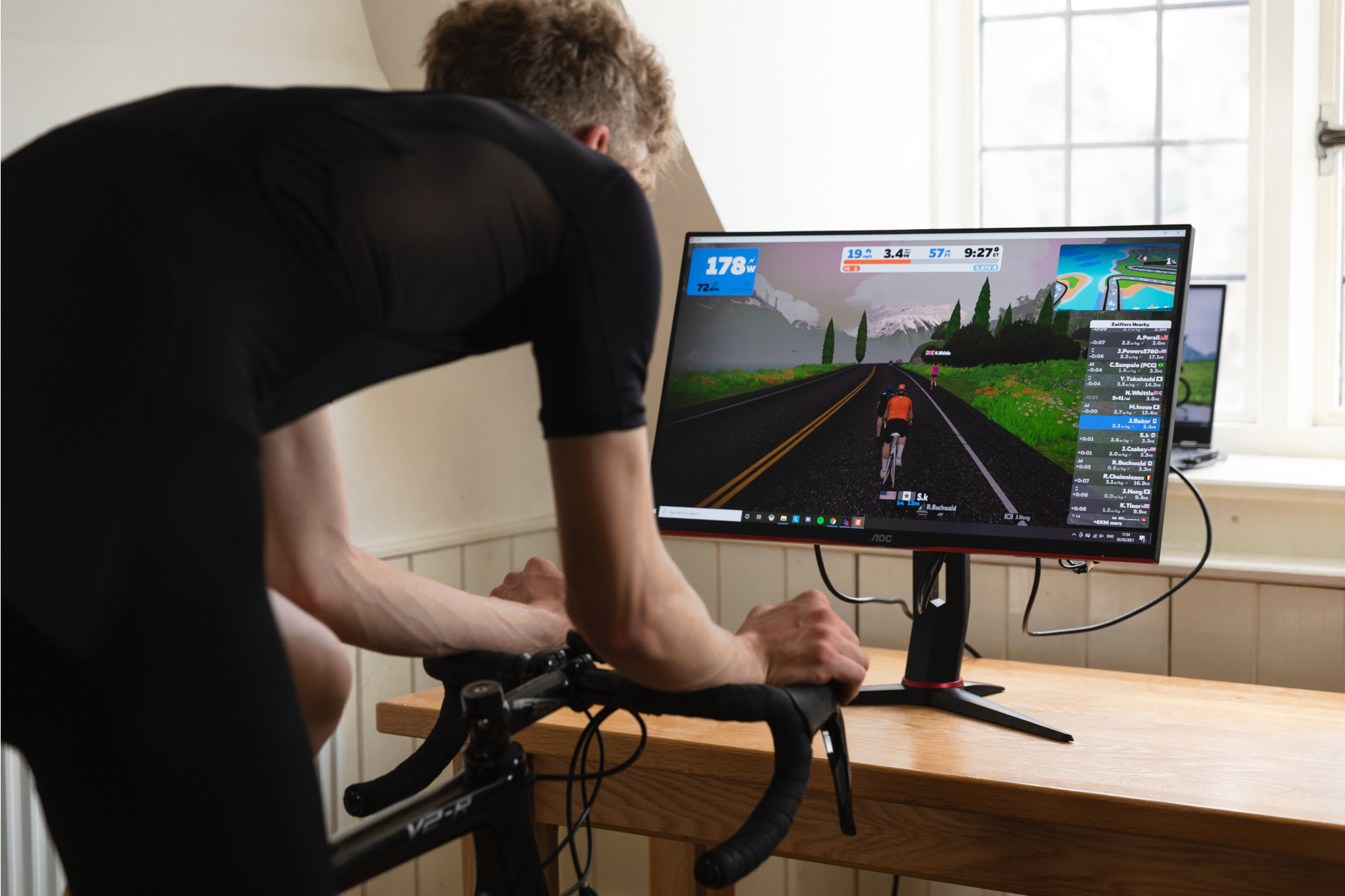
The main ways to achieve an increase in CP involve improving our aerobic performance. To do this, we need to increase the number of mitochondria in our muscles (mitochondrial biogenesis) which help in producing more energy, as well as improving oxygen supply to them by increasing the number of capillaries in the muscles (angiogenesis).
Interestingly, both these adaptations are signalled by both high and low intensity training. So, when we do high intensity intervals such as VO2max efforts (maybe 4min at 110 to 120 per cent CP with five minutes rest x 4), that sends a signal to the body that it should increase the number of mitochondria in the muscles – which, again, helps with the production of energy.
To be more specific: that signal gets sent via the AMPK (adenosine monophosphate-activated protein kinase) pathway which signals a gene expression called PGC-1α (Peroxisome proliferator-activated receptor gamma coactivator 1-alpha).
Lower intensity
For angiogenesis (that was increasing the number of capillaries in the muscles to improve oxygen supply), this too takes place with to PGC-1α signalling – but also it also happens as a result of riding at lower intensities, as that activates the vascular endothelial growth factor (VEGF for short).
VEGF activation is one of the reasons why professional cyclists spend so many hours riding at, what is for them, a very low intensity. As a percentage of total training time, the pros tend to spend a much lower proportion in higher intensity zones.
But for riders with less training time available, it is often more beneficial to spend a higher percentage of time in higher intensity training zones relative to the professionals - indoor cycling sessions can provide a quick and effective way to do this. But still, lower intensity training does provide important adaptations and a well balanced training plan should include some sessions focusing on this.
Pros and cons of CP and W’ versus FTP
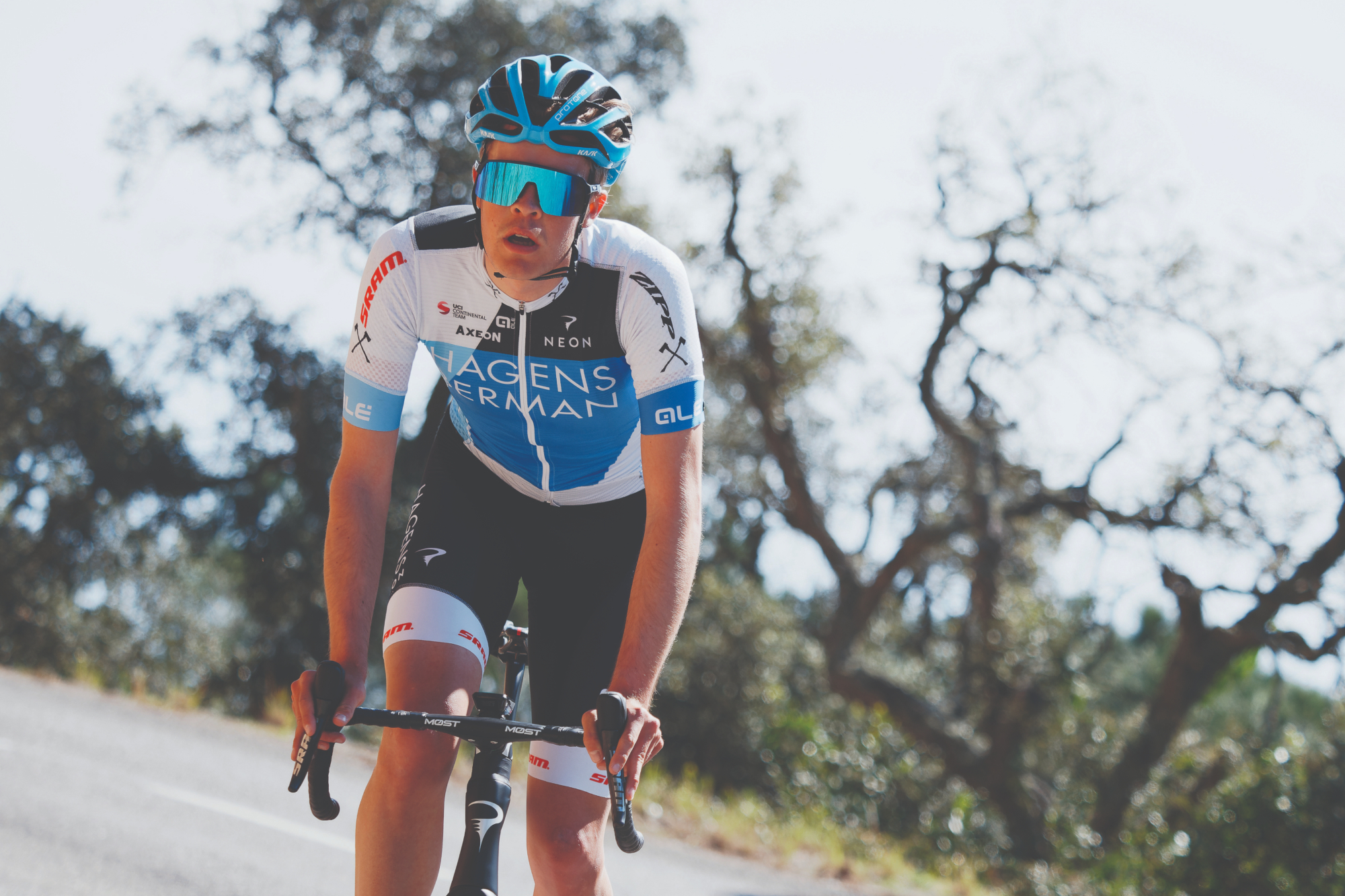
I use Crtiical Power rather than FTP with my coached riders as it can be argued that CP and W’ present a far more valid and reliable means of testing fitness and measuring improvements from training than FTP. Testing can show whether improvements have been made primarily due to CP or more due to W’ depending on the goals of the individual.
For example, you could gain a greater glycolytic capacity (for short sharp efforts like one to two minute hill climbs) whilst seeing no change to your CP. Alternatively, W’ may actually decrease but a higher CP means that the W’ can be recharged at a higher exercise intensity – the upshot of this being that you’d be better able to stay in the group in a punchy road race.
A CP and W’ test is also potentially easier to conduct than a 20 or 60 minute all out test, as accurate pacing for 3- and 12-minutes is likely easier to achieve for most of us. Also, when using a power duration curve (which can be found on platforms such as Strava), you can reasonably accurately pre-determine the power that can be maintained for a given time frame, or the time frame that a given power can be sustained for, making it far more useful for pacing efforts than FTP testing.
However, there are a few negatives to bear in mind: CP is theoretically sustainable for an infinite amount of time. However, some studies have found that, in several individuals, it was only sustainable for 30 to 35 minutes.
Even if CP was sustainable for periods above that, there are other fatigue mechanisms that are not accounted for in testing. Heat build-up and carbohydrate availability can both significantly reduce the duration for which exercise in the heavy intensity domain can be maintained.
Also, using W’ to determine the repeatability of efforts and the recharging of the ’battery’ does not take into account the build-up of fatigue metabolites such as Hydrogen Ions and Inorganic Phosphates which can reduce the muscles’ capacity to perform contractions and produce power.
Even with these limitations, CP and W’ are still arguably better ways of determining some of the boundaries between exercise intensities, as well as being more valid metrics for determining the power duration curve and training zones than traditional FTP testing.

Thank you for reading 20 articles this month* Join now for unlimited access
Enjoy your first month for just £1 / $1 / €1
*Read 5 free articles per month without a subscription

Join now for unlimited access
Try first month for just £1 / $1 / €1
Andy is a Sport & Exercise Scientist, fully qualified and experienced Cycling Coach, Sports Director, Freelance Writer, and Performance Consultant. He spent 3 years riding for a UCI cycling team and 7 years as a BC Elite rider, competing in prestigious events such as the Tour of Britain and the Volta a Portugal.
Graduating with a first-class honours degree in Sport & Exercise Sciences, he continues to pursue his interest in research in the field of Sport Science alongside managing his coaching business, ATP Performance. He also works as a Wind Tunnel operator and Performance Consultant at the Silverstone Sports Engineering Hub, working with individuals, teams, and businesses to optimise performance and develop products.
-
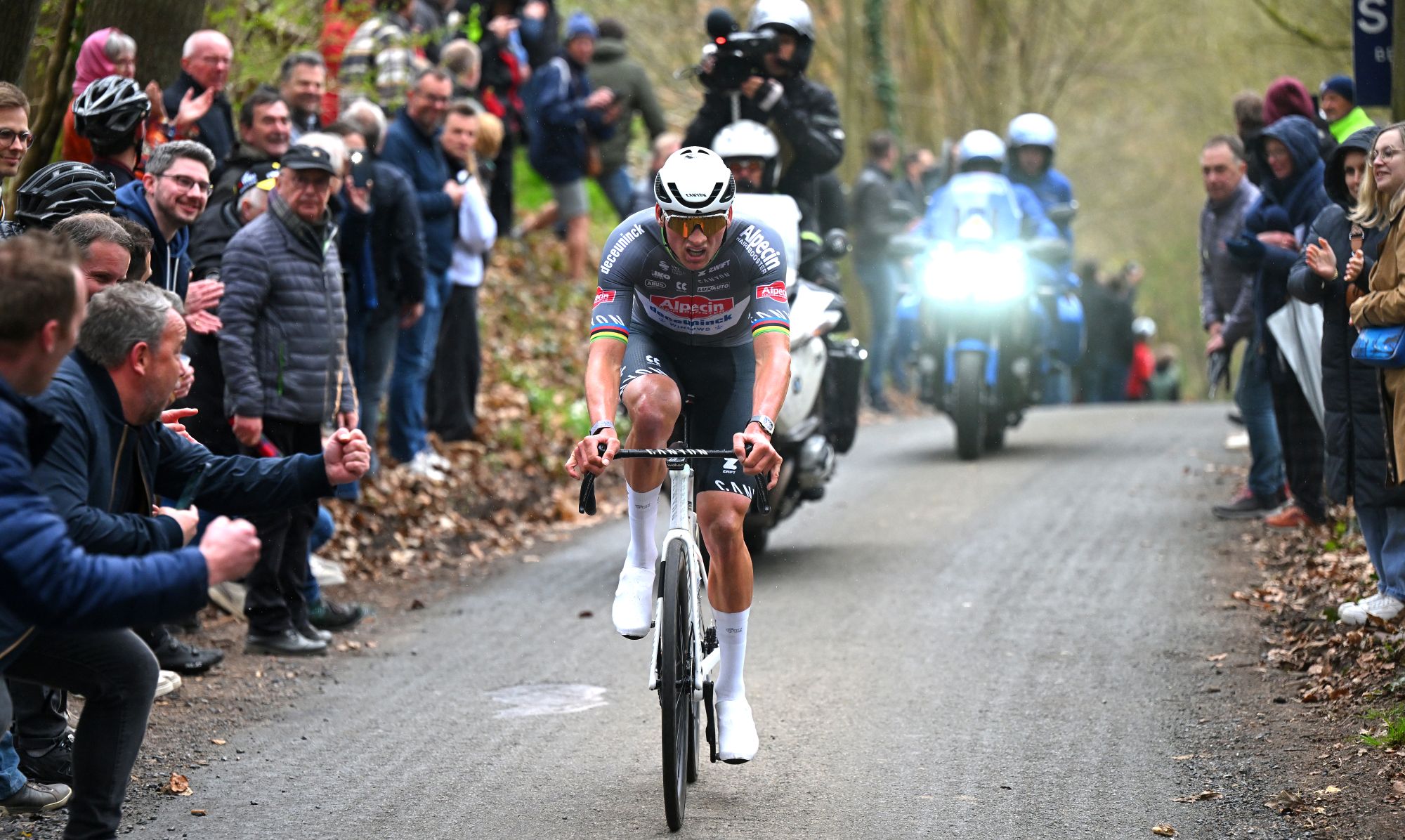 'I start every race to win' - Mathieu van der Poel fired up ahead of Paris-Roubaix showdown with Tadej Pogačar
'I start every race to win' - Mathieu van der Poel fired up ahead of Paris-Roubaix showdown with Tadej PogačarTwo-time winner says he has suffered with illness during spring Classics campaign
By Tom Thewlis Published
-
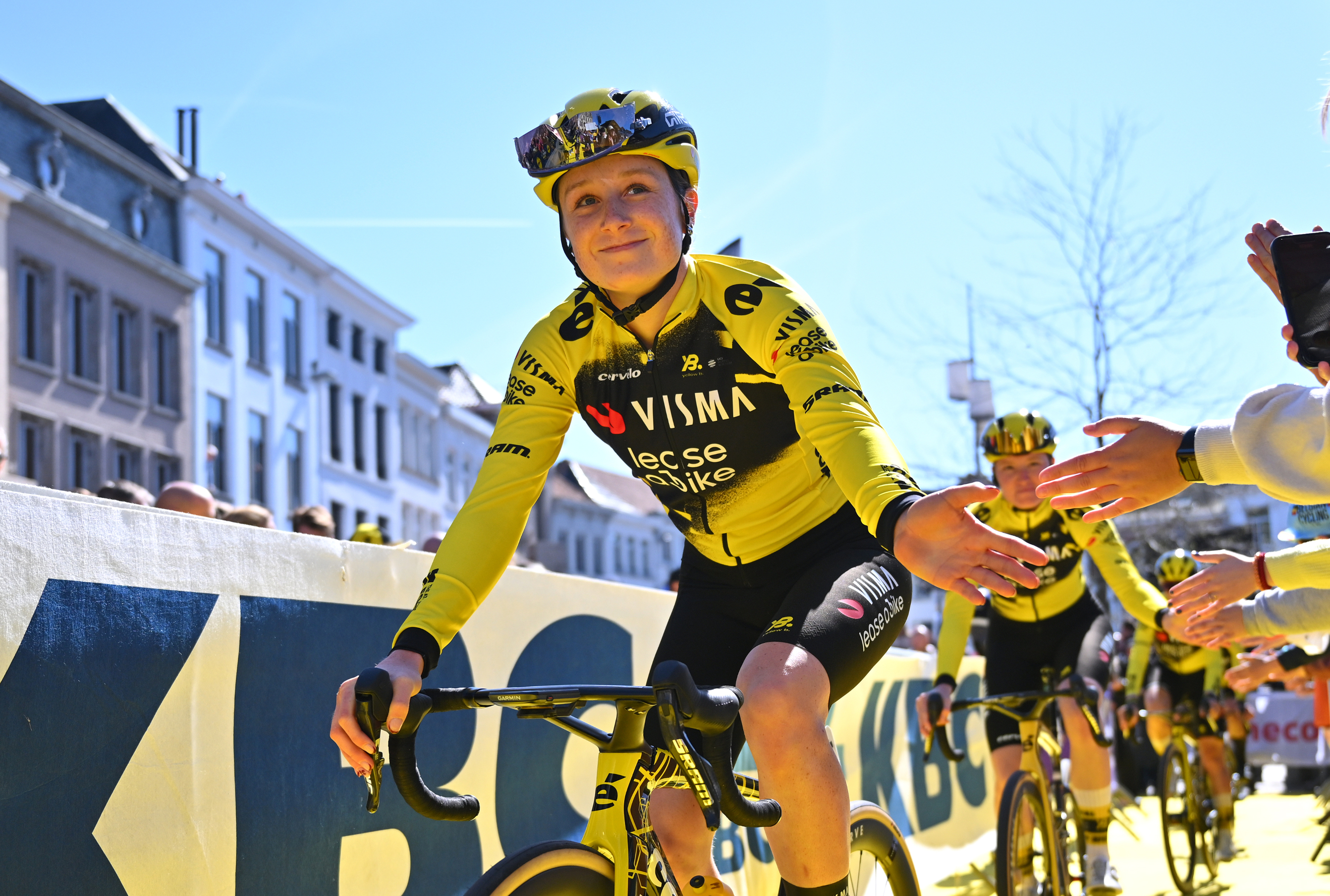 'It's really surreal that now I'm part of it' - 19-year-old Imogen Wolff set to go from spectator to racer at Paris-Roubaix
'It's really surreal that now I'm part of it' - 19-year-old Imogen Wolff set to go from spectator to racer at Paris-RoubaixBrit first came to see the 'Hell of the North' when she was six
By Tom Davidson Published